How Cornelia’s vision for the SHCJ was realised
From the European Province Archives
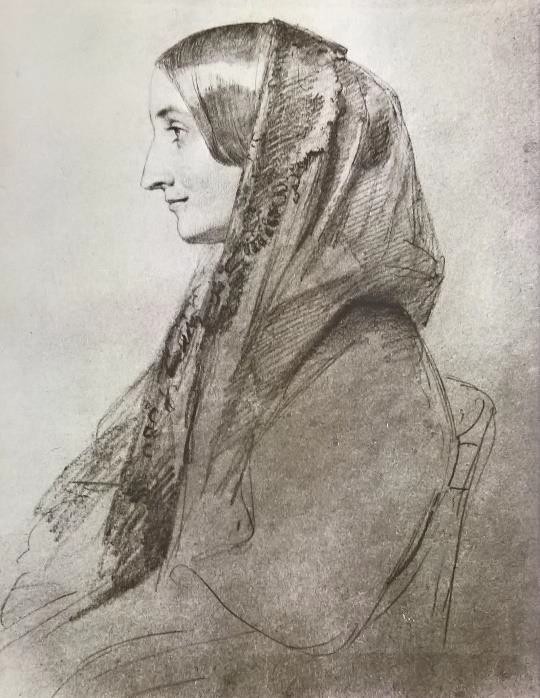
This week we celebrate the life of SHCJ foundress Cornelia Connelly as we reach the milestone of 145 years since her death on Thursday 18th April. Starting with a quote from one of Cornelia’s notebooks that demonstrates her belief in the power of education, this article will look at how SHCJ sisters continued to be champions of education and the centring of the child.
Although Cornelia and the early SHCJ operated during a time when class and gender dictated people’s lives, providing education to ‘females of all classes’ gave women – no matter how much or how little they had – with a vital tool to survive. From the SHCJ’s earliest days in Derby, alongside taking on boarders, sisters taught in local parish schools and ran evening classes for girls working all day in the town’s mills and factories. In later years, SHCJ annals, community reports, newsletters and necrologies provide poignant reminders of the difference made when a teacher gives their time, understanding and support.
In her biography of Cornelia Connelly, Mother Francis Bellasis describes her as ‘undoubtably a born educationalist’ while pointing to Cornelia’s emphasis of the importance of education. Mother Francis quotes a phrase from one of Cornelia’s notebooks: ‘those who teach others shall shine as stars in Heaven!!! .’ The three exclamation points are reproduced by both Mother Francis and myself from Cornelia’s original text. It is clear that this lovely phrase must have been conceived with great strength of feeling.
Long before Cornelia was set on her path to religious life after her husband Pierce requested a separation in order to become a priest, she sought a career educating girls. In a letter of 1838 from Fr J. Van Develde SJ to Bishop Thomas Heyden of Philadelphia, Develde notes that while Pierce was undecided about a career in law, Cornelia intended to open an academy:
Mr Connelly’s arrival will greatly favour the execution of the plan adopted. Both he and his lady approached the Sacraments before I left and entreated me to request you in the most pressing terms to accept, and repair to Natchez, where they intend to reside. Mr. C. has not yet decided what course to pursue; he will probably study law; and his lady was going to open an Academy for young ladies. They are both much loved and respected in the city. Mr Ellis, one of the trustees, has offered 10 acres of land in the immediate vicinity of the city for purposes of education. There [sic] intention is to have a College & an establishment of the Sisters of Charity. You see then, Rt Revd Sir, how well the minds of the people of this city are disposed and how much good may be done in this new diocese.
When the Connelly family were settled in Grand Cocteau, Cornelia was a music teacher at the Sacred Heart Convent while Pierce taught English at the Jesuit College. Bishop Blanc of New Orleans noted in a letter to Bishop Purcell that as well as the couple feeling ‘uncommonly happy in every respect’ Cornelia had ‘as many lessons as she can afford giving.’
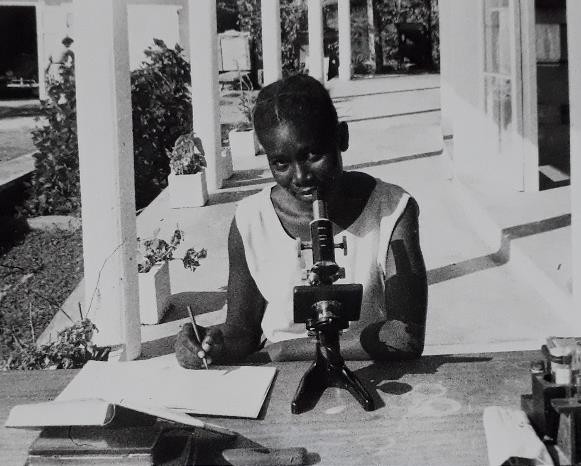
Part of the way in which educators ‘shine’ as Cornelia put it, is the use of their own ability in and passion for a subject to encourage their students to explore it further. Sister Julia (christened Hannah) Ryan struggled with ill-health all her life, but after a wartime novitiate her dream of working in a mission overseas was realised. Between 1946 and 1954 she taught at the SHCJ Cape Coast secondary school. Sr Julia equipped the school laboratories and ‘established the science department on a firm foundation’.
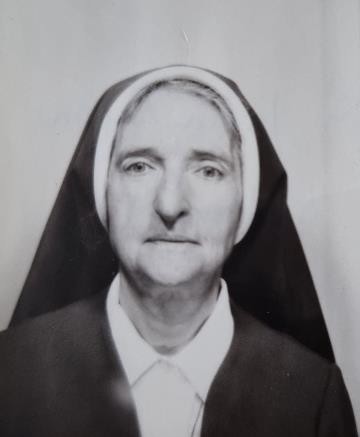
Sadly, poor health forced Sr Julia to return to Europe. It was in her home country of Ireland that, after six years as superior in Harcourt Street, Julia again drew pupils towards science and the opportunities it offered by helping them through exams and improving school facilities.4 In 1972, a student of Sr Julia’s was one of seven candidates, and the only girl, who attained honours in the Physics leaving certificate. Owing to her all-round achievements, this sixth former was selected from the other seven for a very special opportunity. She represented Ireland in a group of students from each member state of the United Nations who travelled the USA to witness the launching of the final Apollo. As the Killiney community report declares, the student was a ‘great tribute to her teacher of Physics, Sister Julia Ryan.’
Sister Patricia Milner (name in religion Mary Regina) was praised by a past pupil of the SHCJ convent school at St Leonards-on-Sea as ‘the most important teacher that I had at any school’. It was her who set this individual ‘on my path to a career in law’.
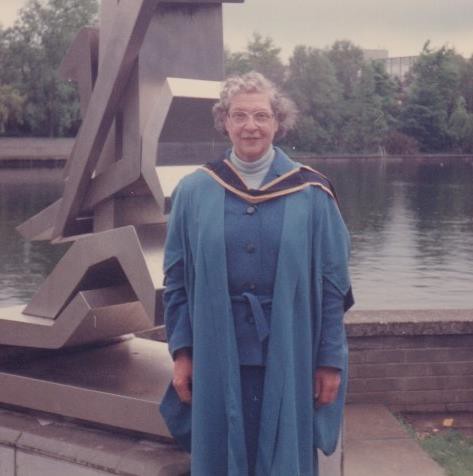
Like Sr Julia, Sr Patricia’s work was interrupted by problems with her health and other setbacks. After she had worked for two years training teachers in Zimbabwe the Montersorri method, the banning of this innovative teaching method in the country must have been a great blow. Nonetheless, Patricia went on to spend 25 years in Glasthule teaching in the St Nicholas Montessori School and helping children with dyslexia. In this way Sr Patricia remained true to the SHCJ principle of providing education for all. She also went on to contribute a great deal to the Parish of Glasthule and to become a good friend to the Presentation Brothers. It is perhaps little surprise that someone with such resilience was also known to be ‘a feisty woman at times’.
Understanding how to use difficult experiences to allow oneself to grow and help others was a valuable lesson given to a student of Sister Patricia O’Neill (name in religion Mary Consuelo), who had been watched over by Sr Pat throughout her time at Winckley Square. When this student received disappointing exam results, ‘like the Angel Gabriel, there was Pat, picnic basket in hand’. Pat took the time to encourage this young person to continue her education and explained how going through a time like this would give her a deeper empathy with her own future students.
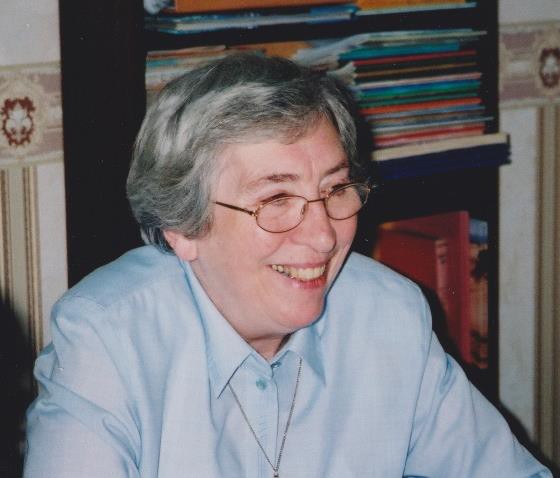
Pat’s protégé went on to have a career in education and the two also shared a lifelong friendship. We can all agree that Pat’s thoughtful intervention and holistic approach to education indeed makes her ‘a wonderful example of actions not words’.
Finally, I would like to take some time at the end of this article to pay tribute to Sister Helen Forshaw, my predecessor who devoted over 20 years of diligent work to the SHCJ collections as both the Province Archivist and later General Society Archivist. Prior to completing her PhD, Helen taught at the Holy Child school in Edgbaston for five years. However, her educational gifts had their greatest fulfilment in teaching seminarians at Allen Hall, London and St John’s Wonersh, where she was one of few female staff. Her past students ‘revered her’ as attested by the homilies written by Sr Judith Lancaster and Sr Kate Holmstrom who explained how ‘years later mature priests and the odd bishop would claim with satisfaction: “I was one of Sister Helen’s seminarians!”.’
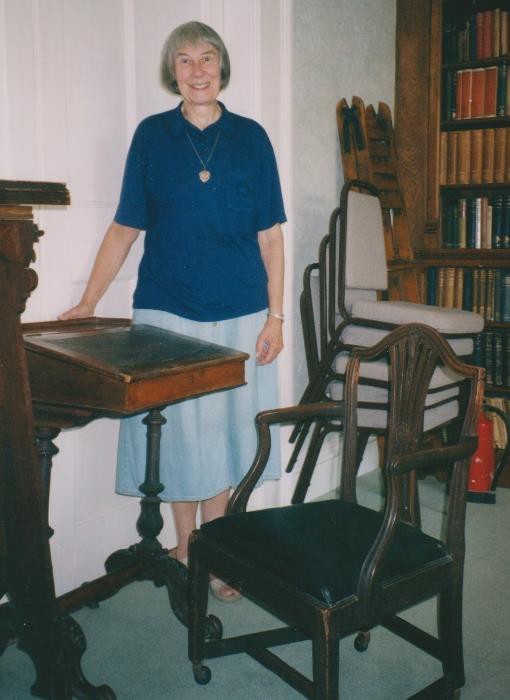
As Sisters will well recall, Helen produced regular articles for SHCJ newsletters on the archives, the society’s history and Church history. In these pieces, Helen explains concepts – from the dowry of women religious to the impact of Vatican II – in a way that neither confuses nor patronises the reader. This was an ability she was known to have had all her life alongside with her infectious passion for history. She is remembered by Sr Judith as ‘intellectual, yet diffident and thoroughly herself’.
Perhaps the best example of Helen’s ability to bring the everyday and the theological together to make a point crystal clear to any reader, is a memory she uses in one article to explain her vocation. Helen recalled a phrase said, ‘very earnestly and in a way I have always treasured’, by young woman at the till of a Leeds DIY store to the manager: ‘this woman doesn’t have a bank card; you see she belongs to the church’. Helen was ‘touched by this’ and reflected:
Yes I do belong to the Church – ever since baptism I belong to my sisters and brothers in the whole body of the faithful, I belong to the body of Christ.
When we reflect on the work of Sisters Julia, Patricia, Pat and Helen, as well as so many others, to encourage and enlighten the students in their care, I think we can all agree with Cornelia that such women ‘shine as stars’.


Comments are closed.